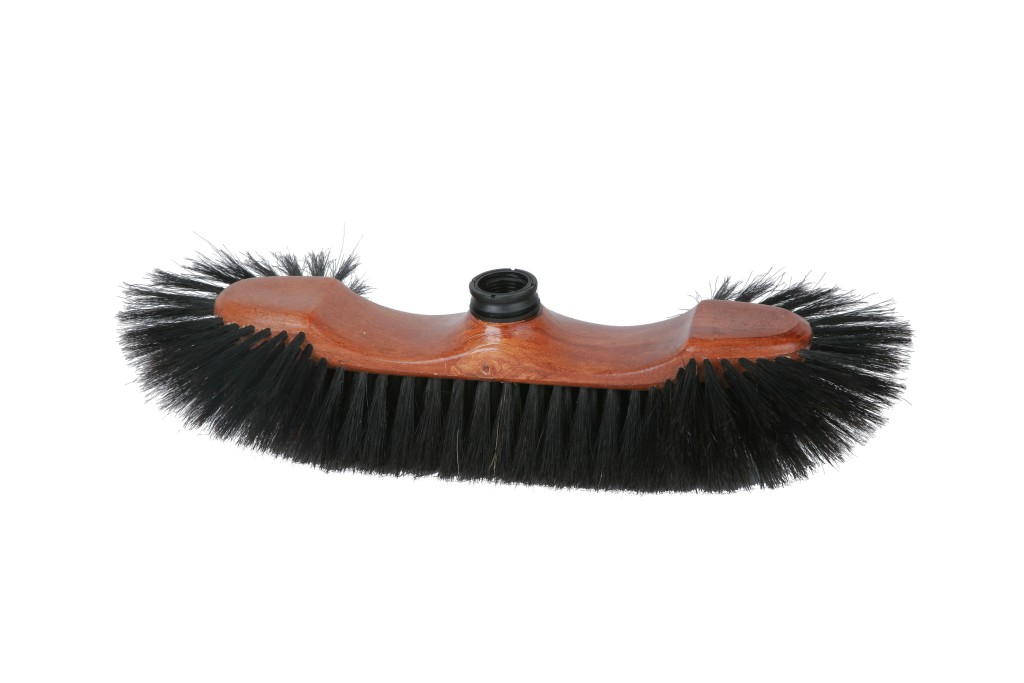

Once the dough has risen you can continue with step 4. Then take the dough out of the fridge and leave it to rise until doubled in size in a warm environment (oven preheated to the lowest temperature for a few minutes and then turned off for example).

If you want to have them for breakfast you can make the dough and leave it covered in the fridge overnight. Stay near your stove, keep an eye on your French beignets and the oil temperature and you’ll soon be rewarded with amazing donuts. Having a digital thermometer is so helpful when you’re making donuts, there is no second-guessing and it will save you so much trouble.

If the oil is too cold, you will end up with sad soggy greasy beignets because they will have absorbed too much moisture. If the oil is too hot, the exterior of the donut will become very crispy and dark but the center will remain raw. It’s important to check the oil temperature before cooking (and also while cooking) each batch of French beignets. Obviously deep frying in hot oil can be dangerous so be careful while frying, especially with little ones nearby desperate for some warm donuts. (Yes I took it a bit personally but I’m done ranting, simple sugar donuts FTW). The only thing lokma tastes of is sugar, don’t even try to taste the dough. You better have some tea or coffee nearby when you eat lokma because it’s so sweet your heart will start racing. My husband (who is Turkish) always complains that donuts that are simply glazed or rolled in sugar are tasteless because in Turkey donuts are soaked in syrup. I would pick a plain donut any day of the week because I want to actually taste the dough. In my family these French beignets were served for lunch for Mardi Gras alongside fruit preserves. But if you have a sweet tooth you can fill the donuts with your favorite chocolate spread, jam or curd using a piping bag. I never had one but I’ll take his word for it.įrench beignets taste beautiful on their own, simply rolled in sugar with a hint of cinnamon. My paternal grandmother was Polish and my dad says these beignets are very similar to Pączki.

I call them French beignets because these are the type of donuts (only slightly smaller) you’ll most commonly spot in French bakeries all year round (not the square type of beignets covered in powdered sugar from New Orleans). You don’t need to wait for Shrove Tuesday to have beignets though, I make them all the time. My mum grew up there and even though we moved to the Caribbean when I was 5 she still made Fasenachtskiechle every year during carnival. These French beignets are from Alsace-Lorraine (North-Eastern region bordering Germany) and they are traditionally made for Shrove Tuesday. However they are still enough similarities with my childhood’s donuts for me to call these beignets ‘Fasenachtskiechle’. I admit I tweaked my family’s beignets recipe a bit to make them just the way I like. Trust me they are well worth the wait, you only need patience and to plan beforehand. This is a yeast-based recipe that starts with a sponge (traditional French leavening method) and will then require to prove twice, first the dough and then the shaped donuts. Making French beignets from scratch isn’t hard at all but it does take time. It’s a dessert for the soul that cannot fail to instantly make you feel better. Biting into a donut brings such a sense of comfort. Simply the best.Ī deep-fried piece of sweet enriched dough coated in sugar, it has to be the ultimate treat. Nothing beats the deep sense of comfort spreading through my body and all the childhood memories that French beignets bring me. I always end up with sugar all over my fingers and craving some more. I get so much joy from biting into a chewy and soft beignet that’s still a little bit warm.


 0 kommentar(er)
0 kommentar(er)
